Claw-style Retrievers: Maneuvering Challenges with Precision
Purpose of Claw-style Retrievers
Claw-style retrievers have emerged as a strategic solution for golfers seeking precision in ball retrieval across various terrains.
With a design characterized by claw-shaped heads and extendable handles, these retrievers aim to provide golfers with the ability to navigate challenges on the course with enhanced precision.
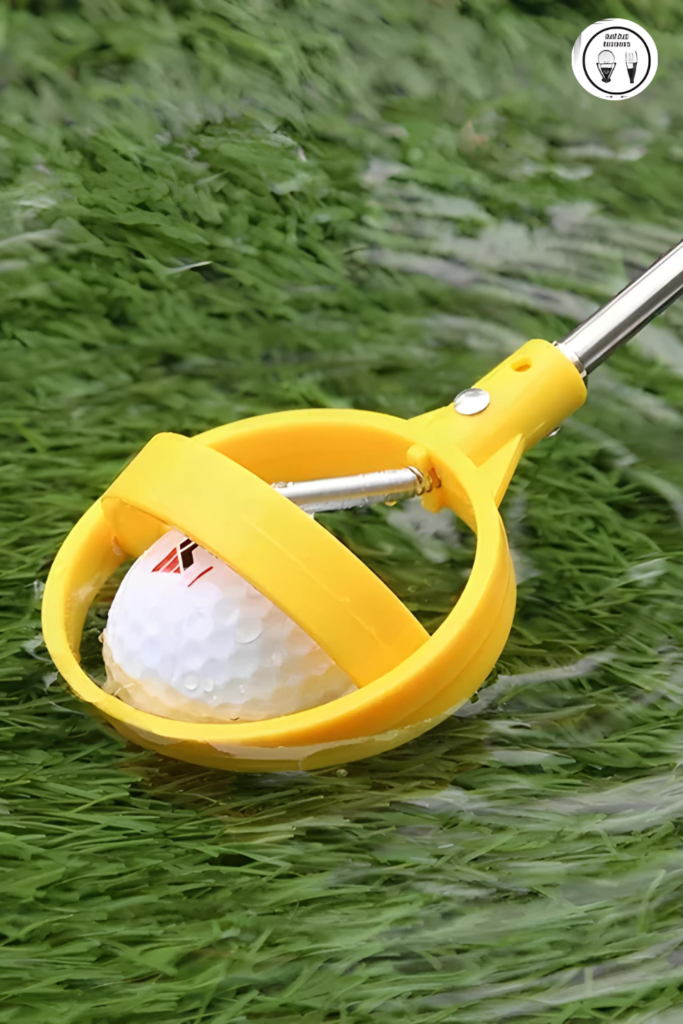
The primary purpose of the claw-style retriever is to offer a targeted approach to ball retrieval, particularly in scenarios where traditional methods may fall short.
Design Features of Claw-style Retrievers
The distinctive feature of claw-style retrievers lies in their claw-shaped heads. Crafted with a multi-pronged design, these heads are engineered for efficient ball capture.
The claws are strategically spaced to provide optimal coverage without damaging the golf ball.
Material composition plays a crucial role in the design, with the use of durable yet lightweight materials striking a balance between longevity and ease of use.

The extendable handles further contribute to the design’s adaptability, allowing golfers to adjust the length based on the specific challenges they encounter.
Benefits of Claw-style Retrievers
The primary benefit of claw-style retrievers is their precision in ball retrieval. The multi-pronged design allows golfers to capture balls from challenging spots with accuracy, minimizing the risk of multiple attempts.
This precision is particularly advantageous in scenarios where traditional retrievers may struggle, such as when balls are nestled in grass, sand, or water hazards.
Adaptability to different terrains is another notable benefit. Claw-style retrievers excel in maneuvering through diverse course conditions, making them a versatile tool for golfers facing a variety of challenges.
Whether it’s retrieving balls from the rough, sandy bunkers, or water hazards, the claw-style retriever provides a targeted and effective solution.
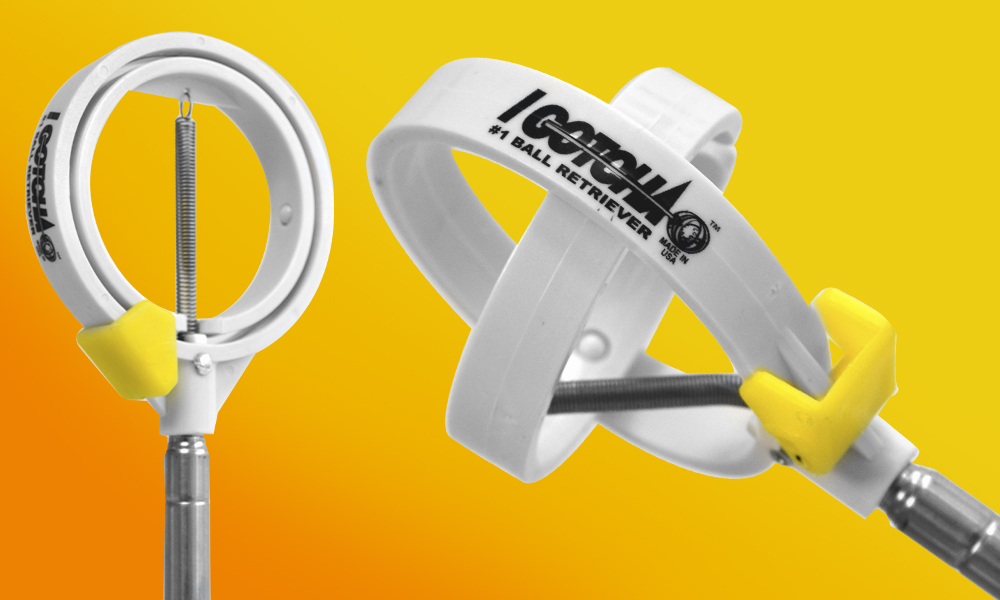
Types of Claw-style Retrievers
Claw-style retrievers come in two main types: manual and mechanical. Manual claw retrievers feature a hand-operated claw mechanism, offering a straightforward design that is easy to use. Golfers can control the claws manually, ensuring precision in their approach.
On the other hand, mechanical claw retrievers utilize automated claw mechanisms, enhancing efficiency and ease of use.
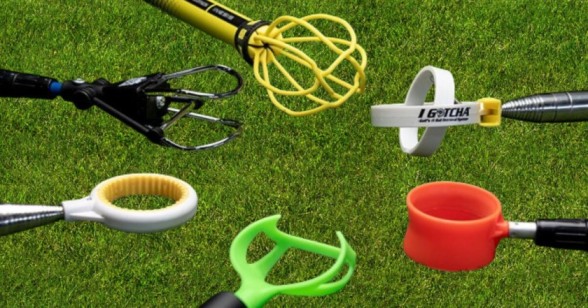
The mechanical design is particularly beneficial for golfers seeking a more automated and streamlined experience.
Considerations for Choosing Claw-style Retrievers
Several considerations come into play when selecting the ideal claw-style golf ball retriever. Material durability is crucial, ensuring the retriever can withstand various weather conditions and remain resilient over time.
The combination of lightweight yet durable materials ensures the retriever’s longevity while maintaining ease of use.
Handle comfort and grip are equally important factors. An ergonomic design ensures that golfers can use the retriever comfortably for extended periods, especially during intense rounds.
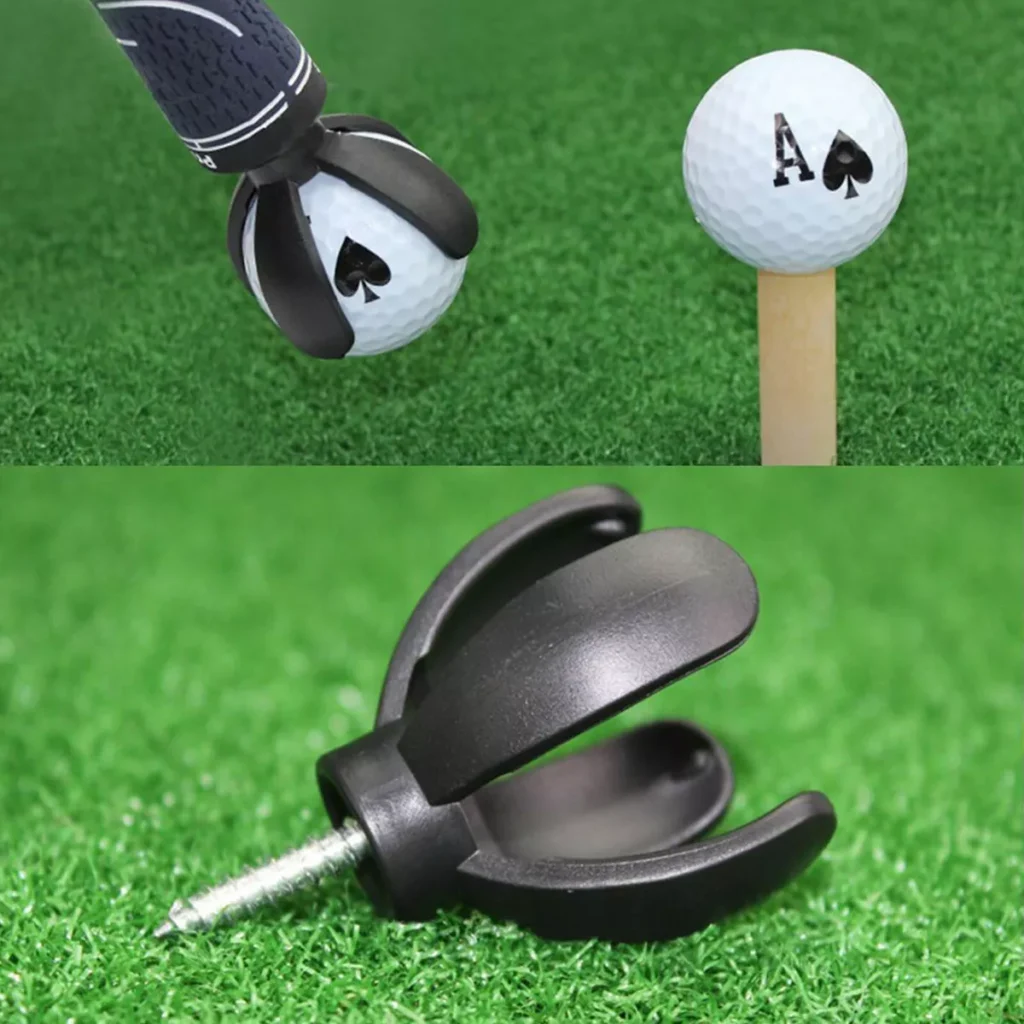
Non-slip features on the handle provide stability in various conditions, preventing accidental slips and ensuring precise control during retrieval.
Cost and brand options also play a role, with budget-friendly choices available alongside those from recognized brands in the market.
Maintenance Tips for Claw-style Retrievers
Regular maintenance is essential to ensure the longevity and optimal performance of claw-style retrievers. Cleaning the retriever after each use helps prevent dirt and debris buildup, ensuring smooth operation.
Checking for any damages or malfunctions is crucial, as addressing issues promptly can prevent further damage. Lubricating moving parts with a suitable lubricant ensures that the claw mechanism operates smoothly during every use.
User Experiences and Reviews
User feedback on claw-style retrievers emphasizes the precision and adaptability these devices bring to golfers’ games.
Positive reviews often highlight the ease of use and the significant impact on overall gameplay.
Golfers appreciate the targeted approach provided by the claw-style retriever, especially when faced with challenging terrains.
Challenges reported by users are relatively minimal, with some expressing concerns about the durability of specific parts in mechanical claw retrievers.
However, such challenges can often be mitigated by choosing a high-quality claw-style retriever and following recommended maintenance practices.
Comparison with Other Golf Ball Retrievers
Comparing claw-style retrievers with other types of golf ball retrievers, such as those specifically designed for ponds or featuring I Gotcha ball retriever parts, highlights the unique advantages of each.
While pond retrievers may excel in aquatic environments, claw-style retrievers offer a broader solution, catering to a variety of terrains with precision.
Additionally, the versatility of claw-style retrievers sets them apart, providing golfers with a strategic tool for navigating diverse challenges on the course.
Future Trends in Claw-style Retrievers
As technology continues to advance, claw-style golf ball retrievers are likely to see further innovations. Integration with other golf accessories, such as smart features for enhanced usability, could become a trend.
Additionally, sustainability may play a role in future designs, with eco-friendly materials and improved recyclability aligning with the broader push for environmentally conscious products in the sporting goods industry.
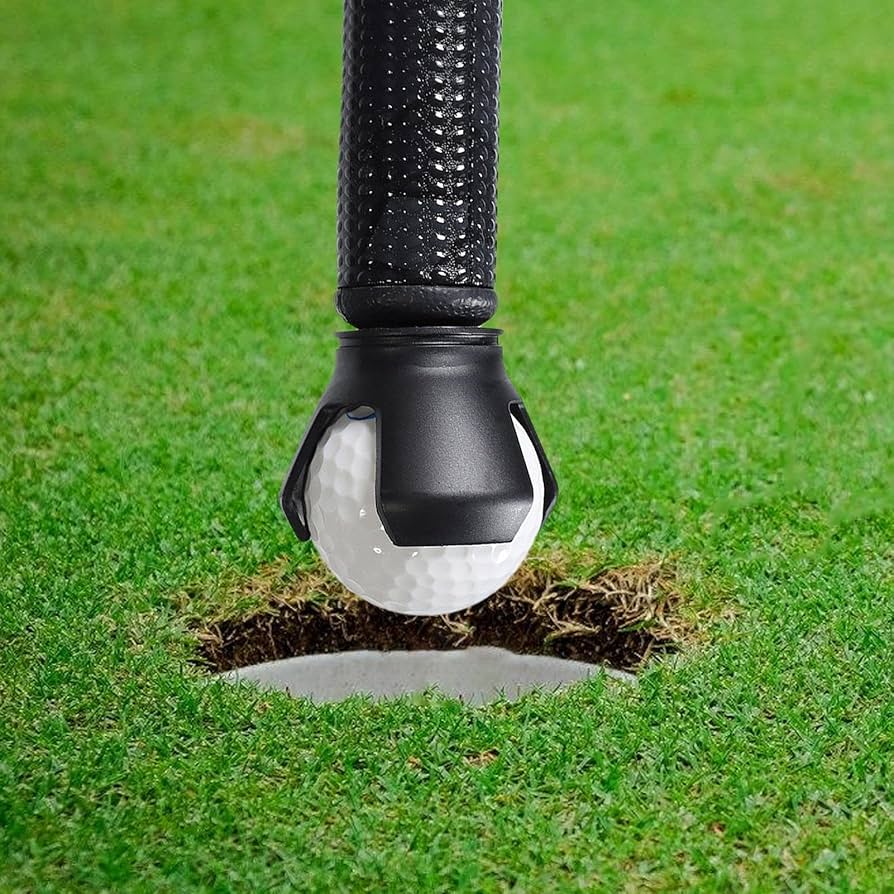
Claw-style retrievers have proven to be essential tools for golfers seeking precision and adaptability in ball retrieval.
Their unique design features, benefits, and versatility make them a valuable addition to any golfer’s equipment, ensuring a targeted and efficient approach to maneuvering challenges on the golf course.
